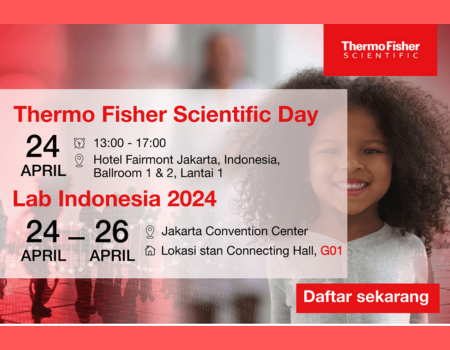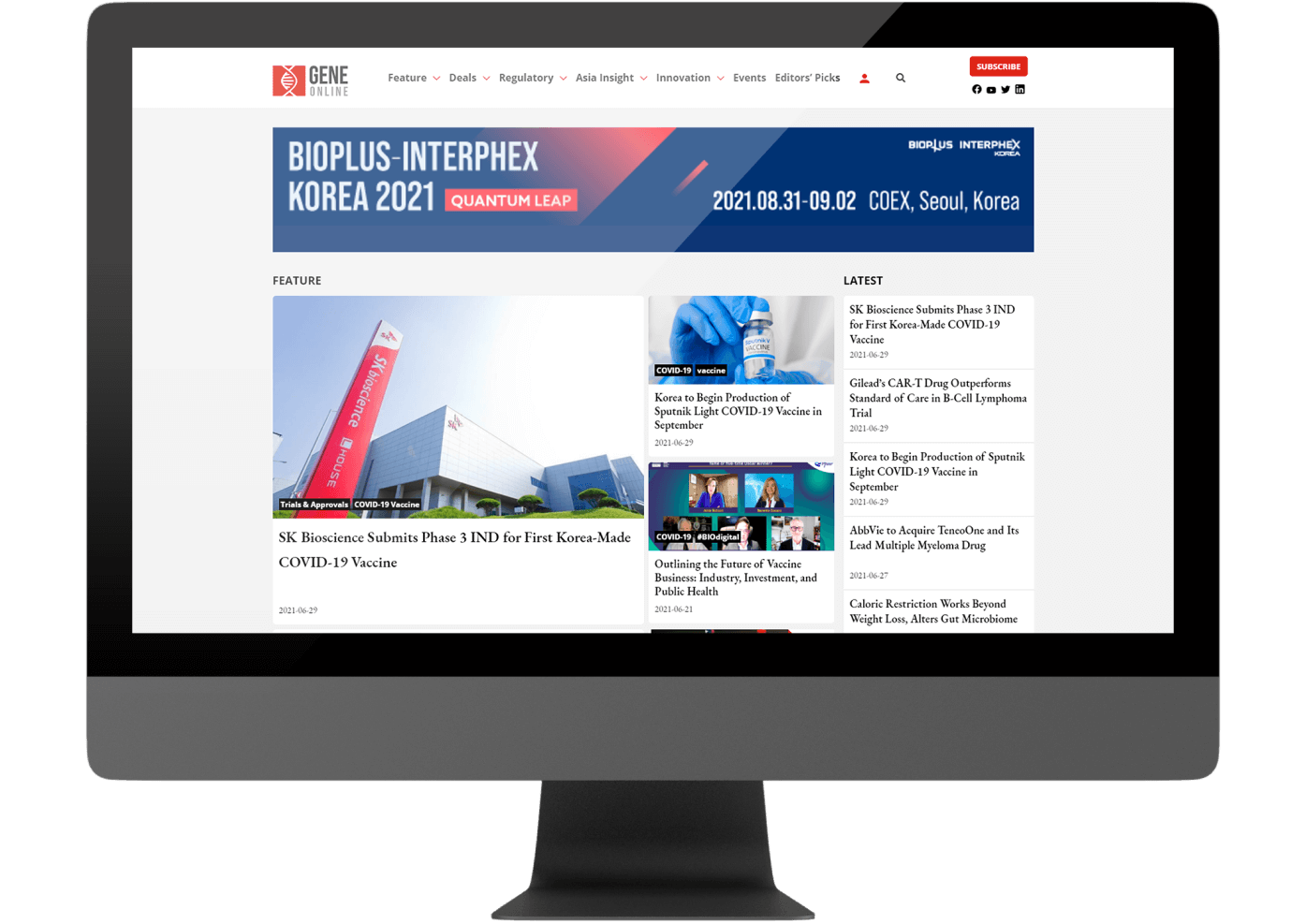Roche’s Vision Loss Drug Clocks Two Phase 3 Wins In Macular Edema
Roche’s Vabysmo (faricimab) has met its primary endpoint in two global Phase 3 trials, Balaton and Comino, in macular edema due to branch and central retinal vein occlusion (BRVO and CRVO).
According to positive new data from the two trials, the monoclonal antibody showed non-inferior visual acuity gains compared to another eye drug, aflibercept.
Roche will submit the new data from the two studies to health authorities around the world, including the US FDA and European Medicines Agency (EMA), to support the regulatory filing of Vabysmo for macular edema due to RVO. If approved, it would be Vabysmo’s third indication after neovascular age-related macular degeneration (nAMD) and diabetic macular edema (DME).
Related Article: Roche Clocks Clinical Win as it Eyes Additional Vabysmo Indication
Non-Inferior Visual Acuity Gains Compared to Aflibercept
“Retinal vein occlusion can cause fluid to become trapped within and under the retina, leading to rapid and severe vision loss if left untreated,” said Ramin Tadayoni, M.D., Ph.D., president-elect of EURETINA. Together with nAMD and DME, the eye conditions affect around 70 million people worldwide and are among the leading causes of vision loss.
Vabysmo is a bispecific antibody which targets and inhibits angiopoietin-2 (Ang-2) and vascular endothelial growth factor-A (VEGF-A), which are part of signaling pathways linked to vision-threatening retinal conditions.
The Balaton and Comino studies showed that Vabysmo treatment resulted in early and sustained improvements in vision which are not inferior to the gains seen in aflibercept treatment. In Balaton, vision gains were +16.9 eye chart letters in the Vabysmo arm and +17.5 letters in the aflibercept arm at 24 weeks. In Comino, vision gains were +16.9 letters in the Vabysmo arm and +17.3 letters in the aflibercept arm at 24 weeks.
Vabysmo also achieved a secondary endpoint by showing rapid and robust drying of retinal fluid from baseline, as measured by reduction in central subfield thickness (CST). In Balaton, CST reductions were -311.4 μm in the Vabysmo arm and -304.4 μm in the aflibercept arm. In Comino, CST reductions were -461.6 μm in the Vabysmo arm and -448.8 μm in the aflibercept arm.
Both studies also found that more Vabysmo patients had an absence of leakage compared to aflibercept patients. Balaton: 34% vs 21%; Comino: 44% vs 30%).
The most common side effect of Vabysmo was conjunctival hemorrhage (3%). The safety results were consistent across both treatment arms, while the safety profile of Vabysmo was consistent with previous trials.
The studies are ongoing, and data from weeks 24 to 72 will test an extended dosing interval of four months for Vabysmo, which is currently dosed as six monthly injections.
©www.geneonline.com All rights reserved. Collaborate with us: service@geneonlineasia.com









